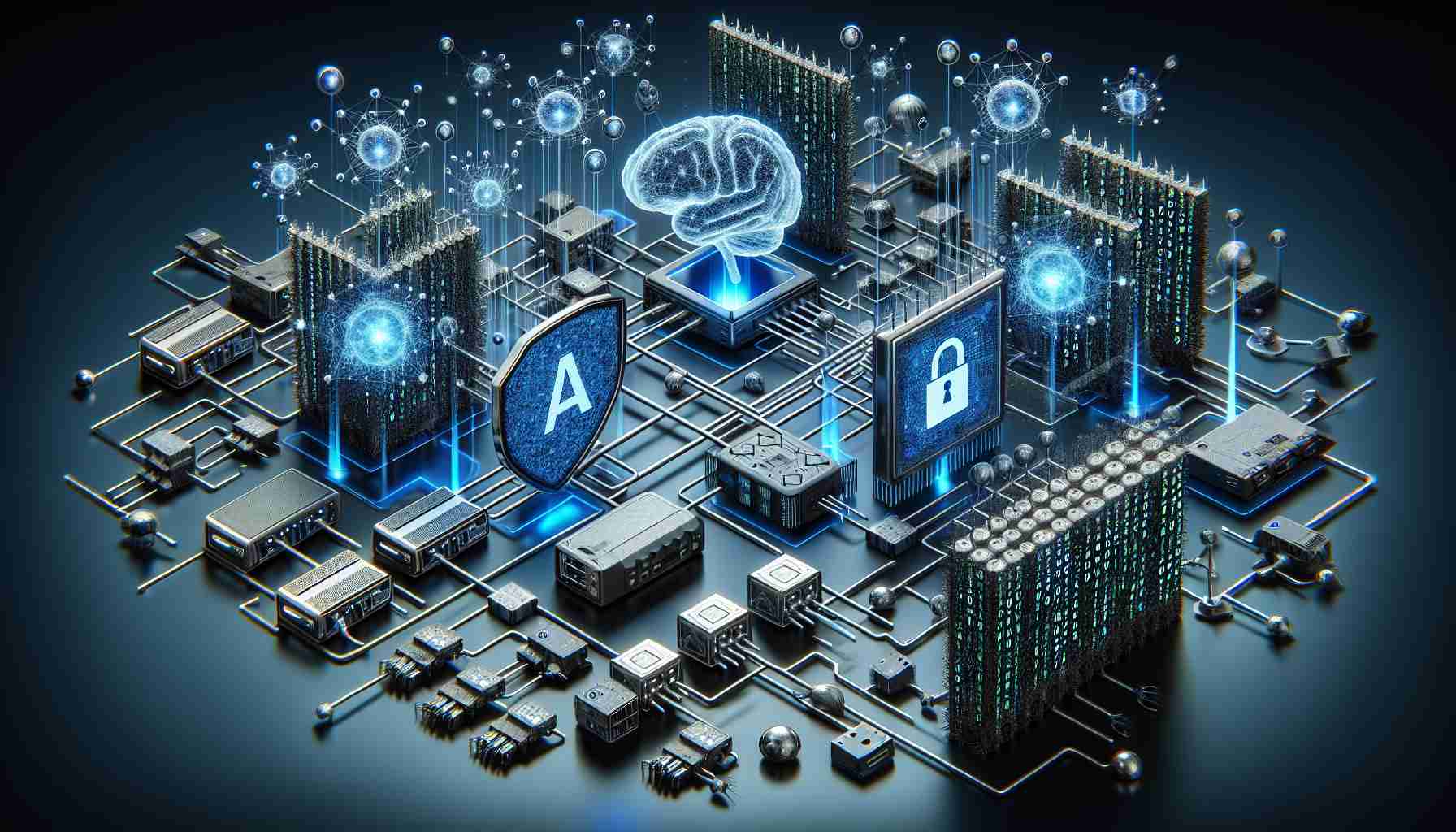Google introduces AI-powered capabilities to boost threat intelligence in cybersecurity operations. Understanding the escalating complexity and volume of cyber threats, Google has unwrapped a new suite of detection tools designed to bolster cloud security and identify nascent cyber risks. This technological advancement indicates a strategic move toward artificial intelligence (AI) in combating digital threats.
The latest enhancements specifically target threats to cloud-based infrastructures and address cutting-edge risks that constantly evolve. The tools have been meticulously developed to monitor activities like illicit cryptocurrency mining and to analyze data from Google Cloud and Security Command Center Enterprise. These solutions incorporate advanced rules to identify aberrations in user behavior and apply machine learning to generate notifications about device anomalies, broadening security measures for services including Amazon Web Services. These cloud detections are available on the SecOps Enterprise and Enterprise Plus tiers.
Nick Hyatt of Blackpoint Cyber emphasizes the specific needs of security teams. Despite the progressive nature of these AI-driven tools, Hyatt accentuates the indispensable role of human expertise for the nuanced analysis and context that AI alone cannot provide. He maintains that while threat intelligence capabilities can be automated up to a degree, the use of such tools demands an organization’s security personnel be adept enough to effectively tap into the advanced functionalities.
Zulfikar Ramzan, a leading scientist, comments on the industry’s AI integration. Ramzan notes the necessity for innovation in defensive strategies in light of AI’s double-edged sword, as it empowers both cybersecurity defenses and cybercriminal tactics. He champions the importance of AI in security solutions, which can sift through extensive data sets expeditiously, unveiling patterns and anomalies that may signify potential security violations. The continuous development of AI technologies is crucial in sustaining robust defense systems for both enterprises and individual users.
AI Enhancements in Cybersecurity—Balancing Benefits with Complex Challenges
Cybersecurity is undergoing significant transformations fueled by advancements in AI. Google, an industry leader, has significantly augmented its cybersecurity infrastructure through AI-powered threat detection systems, aiming to provide more robust protection for cloud services. These enhancements are tailored to address the ever-evolving landscape of cyber threats and to offer proactive threat identification and response mechanisms.
Important Questions and Answers:
1. What types of cyber threats are AI-powered tools from Google designed to detect?
AI-powered tools from Google are engineered to detect a wide array of cyber threats including, but not limited to, illicit cryptocurrency mining, irregular user behaviors, and anomalies in device operations.
2. How does AI improve threat detection in cybersecurity?
AI improves threat detection by processing vast amounts of data rapidly, identifying patterns, and learning from them to spot anomalies that could indicate potential security breaches, which human analysts might miss or take much longer to detect.
3. Why is human expertise still necessary in AI-enhanced cybersecurity?
Despite the efficiency of AI, human expertise is indispensable for providing the nuanced analysis, validation, and contextual understanding that AI algorithms currently cannot fully replicate. Security personnel with adequate skills are essential for interpreting AI-generated alerts and deciding on appropriate courses of action.
Key Challenges and Controversies:
One major challenge lies in the potential misuse of AI by adversaries, creating a constant arms race between cyber defenders and attackers. Another is the ethical use of AI and privacy concerns, as AI systems often handle sensitive data. The question of trust in AI’s decisions, with transparency and accountability being crucial, also presents a challenge for organizations adopting these technologies.
Advantages and Disadvantages:
Advantages:
– Enhanced Speed and Efficiency: AI can analyze large data sets faster than humans, facilitating quicker threat detection and response.
– Proactive Security: AI tools can potentially identify threats before they cause damage, shifting systems from reactive to proactive stances.
– Adaptability: AI systems can continuously learn from new data, allowing them to adapt to evolving threat landscapes.
Disadvantages:
– Complexity of Threats: Cyber threats are continually becoming more sophisticated, potentially outpacing the abilities of AI systems.
– False Positives: AI can sometimes generate false alerts, leading to wasted resources and possible desensitization to genuine threats.
– Over-reliance on Technology: An excessive dependence on AI might result in neglecting the development of human expertise in cybersecurity.
For further information related to Google’s main domain, please visit their website: Google.
Engaging AI in the fight against cyber threats represents a strategic and innovative approach. The integration offers significant benefits but also calls for careful consideration of the nuances and potential challenges involved. A balanced exploitation of AI-infused threat detection, coupled with human intelligence, constitutes a formidable defense in today’s digital ecosystem.

